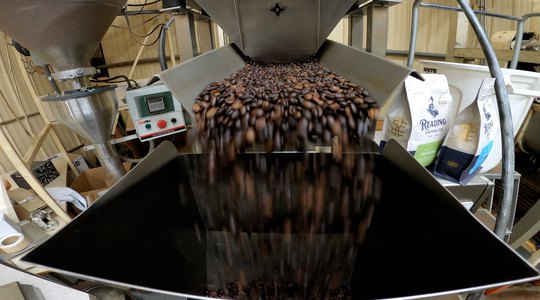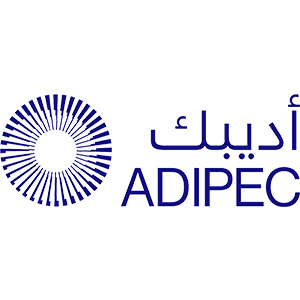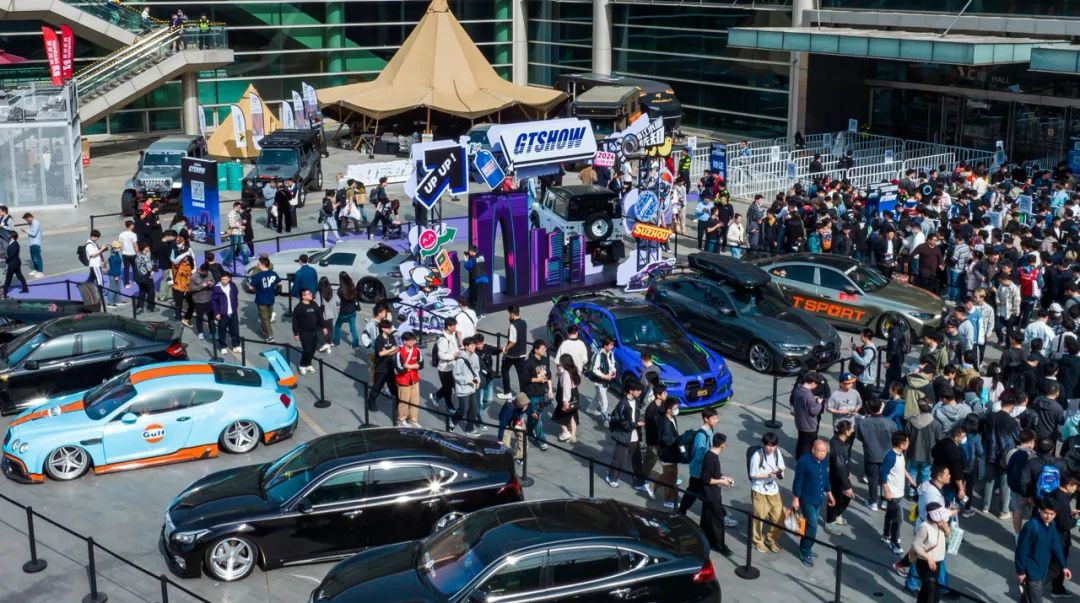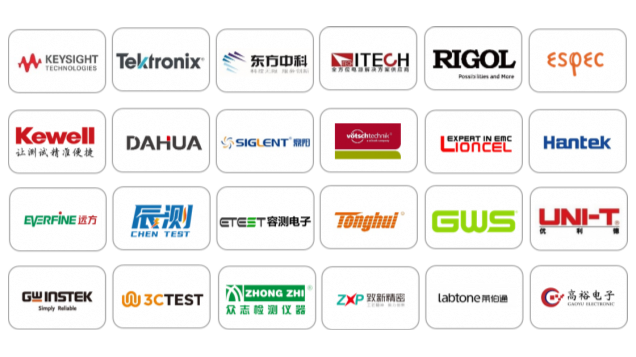WHAT IS A FACTORY ACCEPTANCE TEST?
All-Fill offers a Factory acceptance test, also known as a FAT, that allows our customers the ability to see their packaging equipment they ordered in action. No matter if it is a standalone model or fully integrated, we highly encourage our customers to come in for a Factory Acceptance Test. This way they can come to All-Fill and spend as much time as they want to learn the ins and outs of their new machine and receive free training. This also allows our customers the ability to ask any questions they might have about the equipment as well as, setting them up for success once it lands in their production floors. During the FAT, customers can see how it performs to the specifications that we quoted and in addition to the specifications they request to see. Depending on the application, certain add-ons might be pertinent to achieving the best possible line and this would be the time to make these changes. If they decide they want to hire our service team for startup support that is also an option.
BENEFITS:
- We like to have our customers visit our facility to show them that the machine we hand-made specifically for them can do everything our salesman promised. This usually entails showing the customer that their machine matches up with the approval drawing, can achieve the quoted accuracy, and meet the rate (or cpm) promised in the quote. By performing a quick sample run, the customer can see firsthand that their machine is able to perform to the standards they expect.
- An FAT is also a great opportunity for customers to learn their machine before it reaches their production floor. Some customers even bring in their employees who will be operating the machine at their plant. This way we can directly train the person who will be working hands on with the machine day to day. During a training session, customers will learn how to operate their machine, how to maintain or clean their machine, and how to change over from one size container to the next (if applicable).
- Another reason we suggest coming into All-Fill for an FAT is to determine if any changes will need to be made to the machine. During the FAT if we establish that changes must be made, it is much more efficient for us to do so in-house as opposed to in the customer’s plant after they receive the machine. Occasionally, during a FAT, it becomes apparent that the set of tooling (auger, funnel, and accessories) may not be ideal for the machine at hand. Although it’s rare that this happens, it’s nice to have our test lab on site when it does.
WHY IS A LAB TEST SO IMPORTANT DURING YOUR F.A.T?
It can be difficult to diagnose an issue with tooling in a customer’s plant simply because they do not have access to all the different sizes of augers, funnels, agitation blades, high speed blades, and cut-offs like we do in our Test Labs. It also allows us to take advantage of testing them on our BS-SV-600 filler with no hopper cover. The issue may be that the tooling is too large or too small, or maybe the auger speed (RPM) is too fast or slow. This is where the “SV” in the name “BS-SV-600” comes into play, the “SV” represents its servo motor. Since our lab filler has a servo motor it only takes the touch of a button to change from 600 rpm to 750 rpm. If the customer’s machine is a clutch brake machine, the fill belt would have to be moved from one pulley to another on the fill motor. This is much more time consuming than switching the speed on the HMI like you can do on a servo machine.
The reason we do not have a hopper cover on the lab filler is so that we can easily and quickly dump product in or remove product for a short run of sample weights. This lets us by-pass the customer’s in-feed system for a more efficient test. It also gives us the ability to look in the hopper and see how the product is reacting to the tooling, it may be that the agitation blade is moving the mass of the product. This is a common problem that negatively affects weights and can be easily overlooked when one cannot see the product inside the hopper. Luckily, it is also an easy problem to fix; we normally remove the “upper ear” of the agitation blade or apply a knife edge to the stem of the leading edge of the blade.
Being that this is a problem with fill-time, or speed, we have two options: we can try running the auger at a faster or slower speed to improve the efficiency of the product output, or we can try switching to larger set of tooling. We would most likely attempt to run the auger at a different speed first, primarily because it is the most efficient and expedient solution for both All-Fill and the customer. If this is the case, we would only need to change the RPM of the filler as opposed to making a new set of tooling for the customer. If this does not solve the problem then we would try a larger set of tooling in the lab filler with the customer’s product, 99% of the time a larger set of tooling will decrease the fill time.
Now we can take a set of sample weights (usually 20-30 weights) from the lab filler. This is where the “S” in “BS-SV-600” comes from, that stands for “Scale”. Our lab filler has an offline scale used to measure the weights and record them directly to a clean, organized lab report on an attached computer. The reason we conduct a run of sample weights is to determine the standard deviation of the weights and ensure that with this larger set of tooling we can still meet the customer’s specification on accuracy. If this new set of tooling improves our speed and meets the accuracy requirement, then we would move forward, supplying the customer with this size of tooling and go on with the rest of the Factory Acceptance Test.






 最新资讯
最新资讯
 鄂ICP备2022017323号
鄂ICP备2022017323号
 鄂公网安备 42018502006386
鄂公网安备 42018502006386

 发布展会
发布展会
 发布资讯
发布资讯



 你可能喜欢的主页
你可能喜欢的主页




 今日话题
今日话题





















